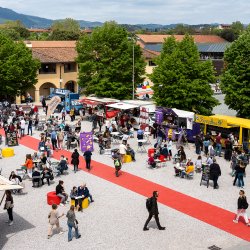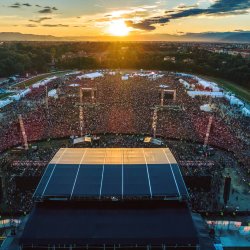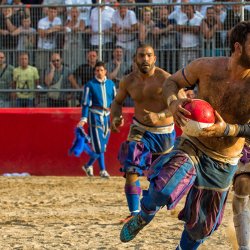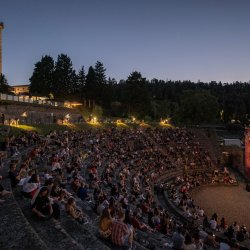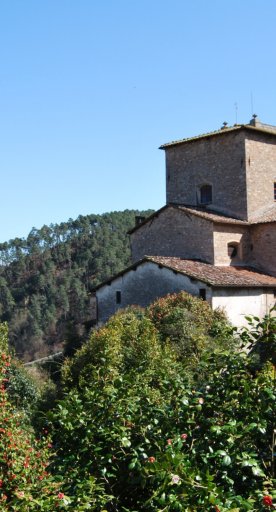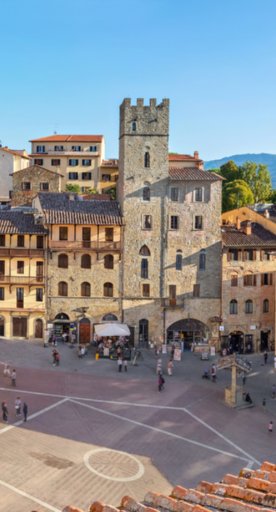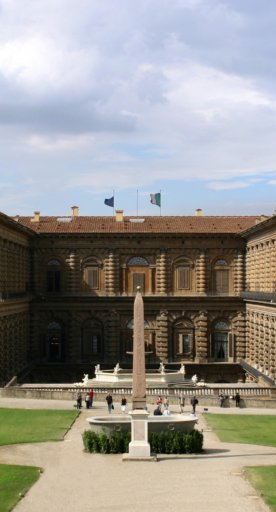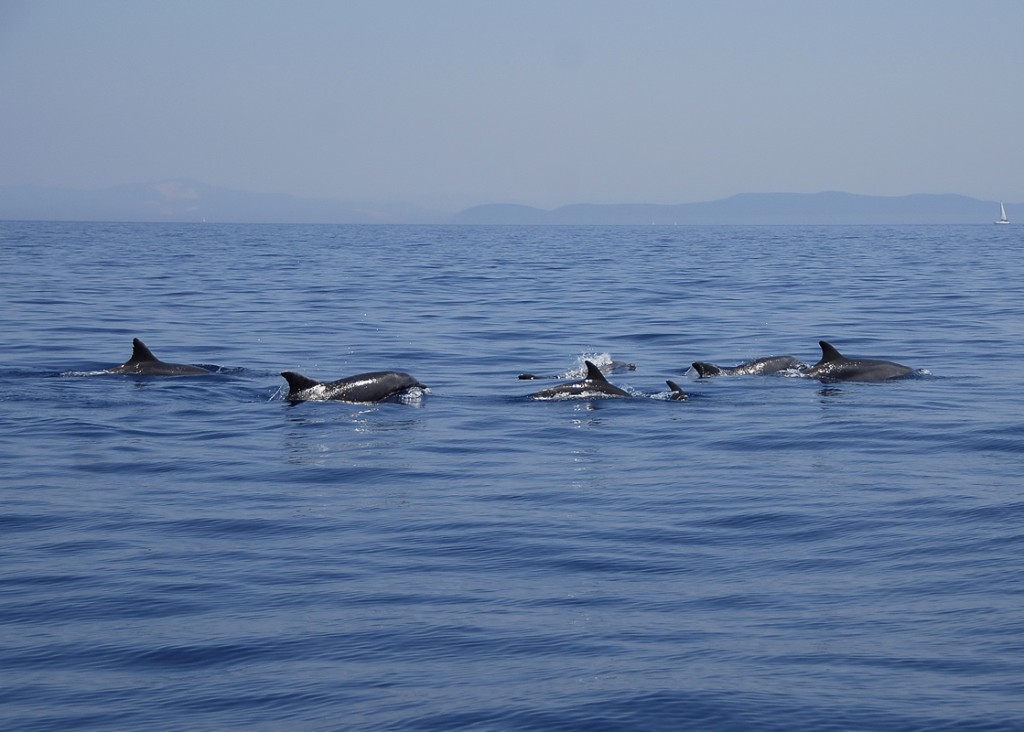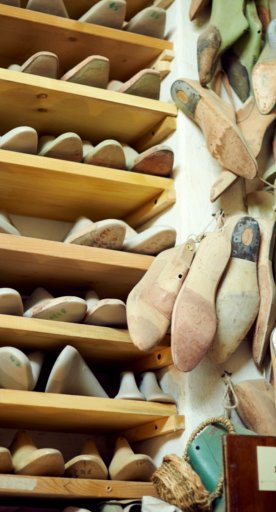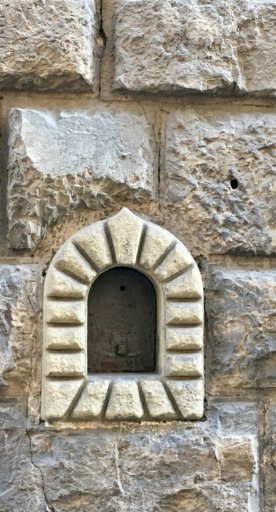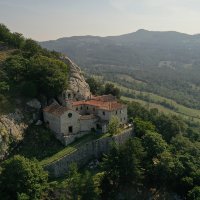Scientists and explorers: 5 illustrious figures from Tuscany
The illustrious people who were born and lived in Tuscany and who have left indelible traces in history
Revolutionaries, courageous, visionaries, often looked upon with distrust by their contemporaries.
They were astronomers, physicists, exceptional mathematicians who changed history with their theories and inventions, but also explorers who enriched the knowledge of the planet. From Galileo Galileo to Amerigo Vespucci, from Antonio Meucci to Margherita Hack, here are the most important figures who changed the way we understand the world and continue to be a source of inspiration centuries after their passage.
-
1.Galileo Galilei
-
2.Verrazzano
-
3.Amerigo Vespucci
-
4.Antonio Meucci
-
5.Margherita Hack
-
6.Curiosity
Galileo Galilei

It is impossible not to begin from Galileo Galilei: scientist, astronomer, inventor, he is considered one of the greatest scholars of all time. Born in Pisa in 1564, he spent his childhood between his hometown and Florence.
In 1580, he enrolled at the University of Pisa but abandoned his studies without obtaining any degree. Guided by Ostilio Ricci, he undertook the reading of Euclid and Archimedes and soon progressed so much that he was able to give private lessons.
In 1589, he was assigned his first chair of mathematics in Pisa. Alongside his teaching activities, Galileo also set up a technical workshop where geometric and military compasses, compasses, squares, and other mechanical instruments, such as telescopes, were manufactured and sold with moderate success.
It was in 1604 that he began to advocate the heliocentric theory, on the basis of his own astronomical observations with the telescope. In August of the same year, he received a copy of Kepler's work Mysterium Cosmographicum, in which the heliocentric theory was defended on mathematical and symbolic grounds, to which he responded by declaring his own adhesion. This position earned him the condemnation by the Holy Office in 1616: he was tried in 1633 and forced to withdraw his ideas. He spent a brief period of "reclusion" in the Piccolomini Palace in Siena under the protective wing of Archbishop Piccolomini. Moving back to Florence, he spent his last years in Arcetri, completing some of his studies.
On January 8, 1642, by this time completely blind, he died at his home in Arcetri.
Verrazzano

A merchant and navigator, he was the discoverer of the New York Bay and the Hudson River.
Born in Greve in Chianti in 1438, he lived with his family in a house in Santa Croce in Florence, but soon reached Lyon to begin apprenticeship as a navigator.
He sailed the waters of the Mediterranean, going as far as the North Atlantic.
He then entered the service of Francis I of France as captain and commanding officer.
The exploits of his two compatriots, the Florentine Amerigo Vespucci and Giovanni Caboto in the service of Venice, stimulated his explorer's penchant, and in 1524 he accepted the assignment to lead four ships in America in search of a passage to the Pacific.
He set out, however, with only one ship arriving in Florida, turned north and began the exploration of the then unknown East coast of North America, or New France, to Newfoundland.
During this exploration, he entered a large bay with a small island at the mouth of a river, the future New York.
He made numerous ports of call, making contact with Native Americans on the coast.
Verrazzano undertook two more voyages to America and in 1527 he commanded an expedition to Brazil.
His final voyage, which began in 1528 from Dieppe with three ships, touched Florida, the Bahamas and finally the Lesser Antilles.
In March 1529 he anchored the ship off a small island and landed there.
Amerigo Vespucci

The son of notary Nastagio dei Vespucci, who was originally from the Florentine suburb of Peretola but lived in the neighborhood of Ognissanti, Amerigo was well educated and was introduced to the Medici family.
After the Pazzi conspiracy of 1478, Lorenzo the Magnificent entrusted Amerigo's uncle, Guido Antonio, with a delicate diplomatic mission in France: so it was that Amerigo undertook a trip to Paris with the task of taking care of the correspondence. Returning to Florence in 1482, he entered the service of Lorenzo di Pierfrancesco, called the Popolano - a cousin of the Magnifico – taking care of his affairs and frequenting intellectual circles.
He later moved to Seville for some business and financial activities and met Cristoforo Colombo there.
From Lisbon began Amerigo's transoceanic voyages (it is unclear whether there were two or four), which took him to the coasts of South America: made for commercial purposes, they represented important opportunities for geographical and anthropological discoveries, as recounted in his famous letters.
Antonio Meucci
Antonio Meucci was born in Florence in 1808 and became famous for inventing the first telephone, the telectrophone.
He attended the Academy of Fine Arts in Florence for six years where he studied, in addition to art subjects, mechanics, physics and chemistry.
Meucci worked as a customs officer at the St. Gallen Gate, then in a number of theaters including La Pergola, where he created an acoustic telephone still in use.
The idea of the telephone came to his mind at the Grand Theater of Havana in Cuba – the ability to transmit speech by electricity - but it was in the United States that he created a fully functioning telephone.
Unfortunately, due to financial problems, Meucci stopped paying for the patent, and a few years later Bell made that idea his own.
It was not until 2002 that the United States recognized Meucci as the true inventor of the telephone.
Margherita Hack

Astronomer and science popularizer, vegetarian and animal lover was strongly committed to the struggle for civil rights. She was born in Florence on Via Caselli, moving with her family to Via Ximenes.
She attended elementary school in San Gaggio and the Liceo Galileo, spending her childhood summers at the Bobolino.
During her youth she was an excellent athlete.
He discovered astronomy in college and graduated in physics in 1945 with a thesis on Cepheids, a class of variable stars, making his first astronomical observations at the Arcetri Observatory.
He turned his research activity to stellar physics and undertook a brilliant academic career which culminated in 1964 with the direction of the Trieste Observatory. He was a member of the most prestigious physical and astronomical societies, working at the most important American and European observatories.
In addition to scientific texts, he wrote several popular books and some original autobiographies.
Curiosity
The airports of Florence and Pisa, the two main international hubs in Tuscany, are named after Amerigo Vespucci and Galileo Galilei.






